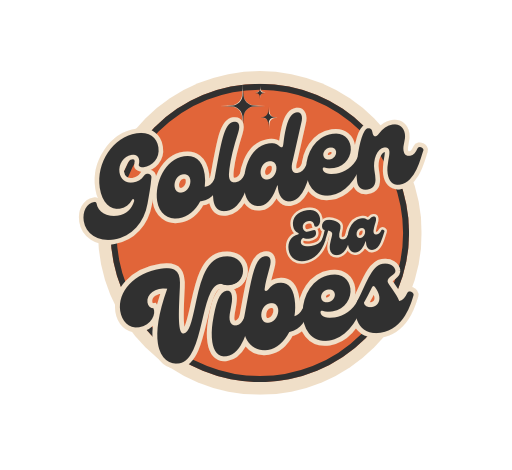6 Outdated Audio Formats That Fell Flat – And 6 Iconic Sounds That Still Hit Just Right
Let’s drop the needle, rewind the tape, and press play on a sonic journey through time. Audio formats may not seem glamorous, but oh, the stories they tell—of mixtapes made with love, scratched records spun at parties, and Walkmans blasting rebellious anthems on the go.
Some of these formats have gracefully bowed out, leaving behind a trail of static and sweet memories. Others? They’ve stubbornly survived, cherished by audiophiles and collectors who swear nothing beats that analog warmth or that satisfying click of a cassette.
From wax cylinders to streaming waves, every format played a role in shaping how we experience music, emotion, and memory. Whether you’re a retro romantic still hoarding mini-discs or a curious newbie wondering why vinyl refuses to die, this list is for you.
So tune in, turn it up, and join us as we explore the fascinating world of audio formats that either faded out—or never skipped a beat.
1. MiniDiscs
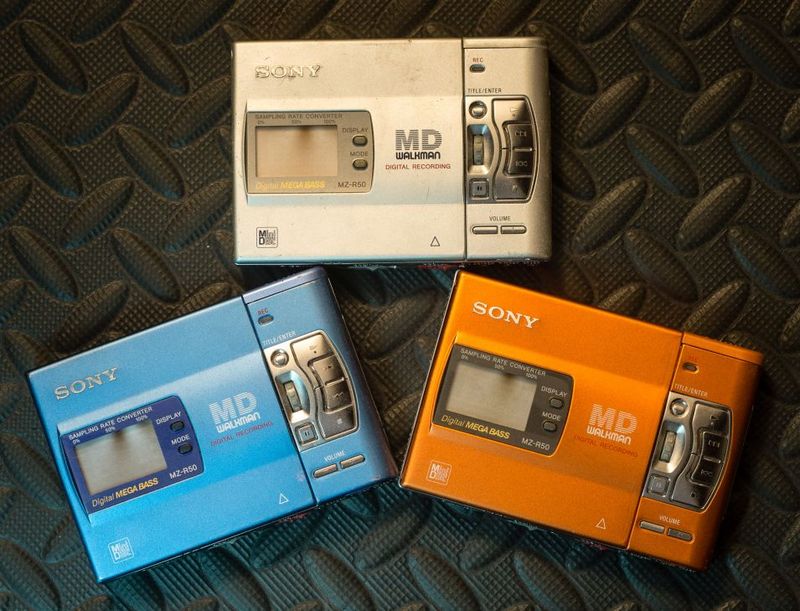
Sony’s MiniDiscs were the tech equivalent of a promising rock band that never quite made it big. Compact, durable, and delightfully cute, these little discs were pitched as the future of music storage. Yet, amidst the roar of CDs and the sleek whisper of MP3s, MiniDiscs were like the shy kid at the party who never got a chance to dance.
While they certainly had their die-hard fans, their complicated recording process and the rapid evolution of digital music left them behind, like a forgotten B-side track. Sony’s valiant attempt at mixing portability with high-quality sound was overshadowed by more user-friendly and accessible technology, leading to their slow fade-out.
Even though MiniDiscs never hit the mainstream high notes, they remain a cherished memory for those who remember the days of physically swapping music with friends. They may be obsolete, but their legacy spins on.
2. 8-Track Tapes
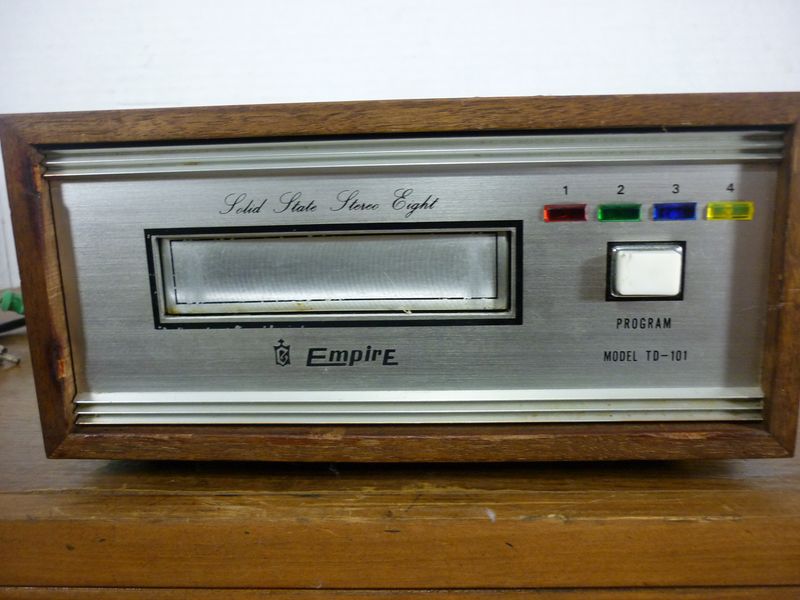
Ah, the 8-Track Tape. A hulking, plastic monolith of music delivery, its very presence was an event in itself. Beloved by road-trippers and music enthusiasts alike, it was the one format that offered the unpredictability of a roulette wheel—switching tracks mid-song, much like a DJ on a caffeine binge.
These tapes were a marvel of their time, bringing portable music to vehicles and homes alike. Yet, their bulky design and the jarring interruptions left many listeners wishing for something a bit more seamless. They introduced many to the idea of music on the go, but couldn’t keep up with the fast-paced technological advances.
But let’s not be too harsh. For all their quirks, 8-Tracks added a certain charm to music playback that has earned them a nostalgic nod from collectors and vintage aficionados.
3. DAT (Digital Audio Tape)
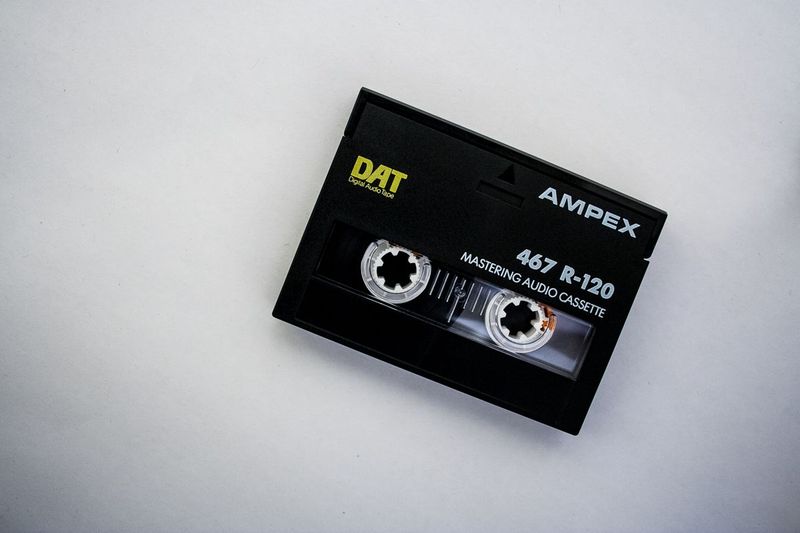
DAT, or Digital Audio Tape, was the jazz solo of audio formats—intricate, beautiful, but not everyone’s cup of tea. Offering studio-quality sound in a compact cassette, it was meant to be the next big thing for audiophiles. Musicians loved it, seeing it as a way to record pristine sound without the need for bulky reel-to-reels.
However, for the everyday consumer, the complexity and cost of DAT equipment placed it out of reach, like a high note that few could hit. Its allure was undeniable, yet short-lived, as cheaper and more convenient digital formats serenaded their way into the mainstream.
Despite its fall from grace, DAT remains a beloved relic in recording studios worldwide, remembered for its contribution to the evolution of digital sound recording technology.
4. Reel-to-Reel Tape
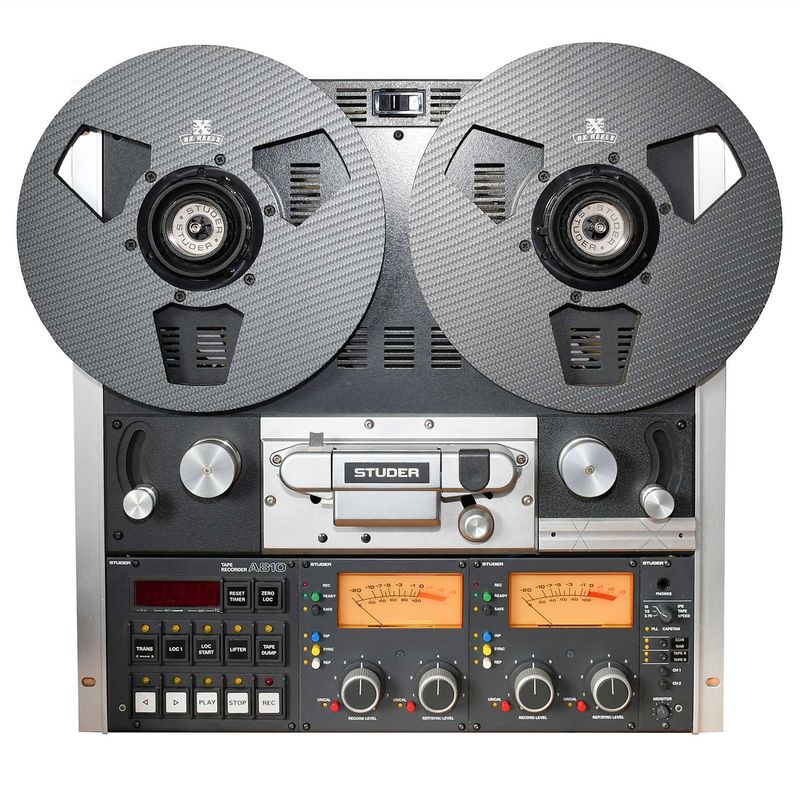
Reel-to-Reel Tape was the sophisticated elder statesman of audio formats. With its impeccable sound quality, it was the audiophile’s dream, offering recordings that captured every nuance from whisper to wail. But, oh, the complexity of it all!
Operating these machines was less about pressing play and more about conducting a delicate symphony of spools and switches. Its cumbersome nature was akin to setting up a rocket launch for a simple musical journey, making even the most patient music lover question their dedication.
Still, for those who braved its intricate dance, the reward was a listening experience like no other. Reel-to-Reel may have been eclipsed by more convenient formats, but it has never truly disappeared, continuing to enchant those who appreciate its rich, authentic sound.
5. CD-i (Compact Disc Interactive)
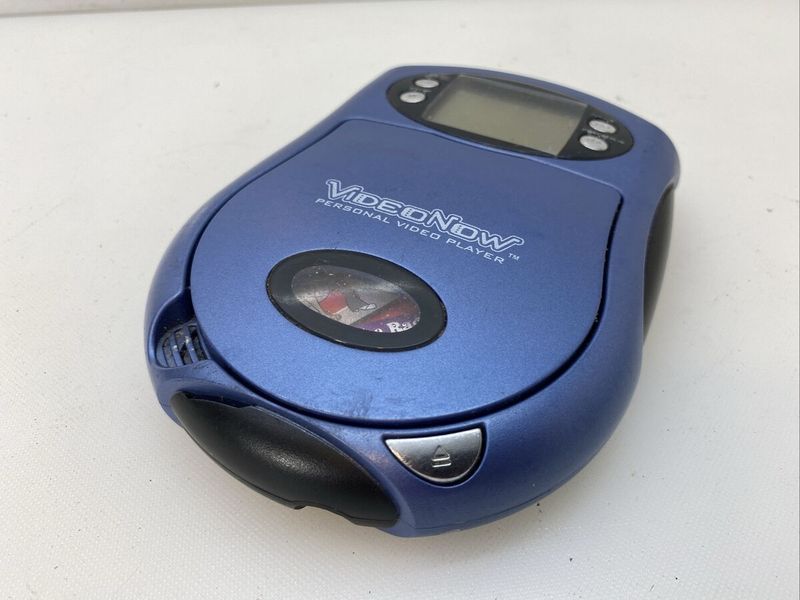
In its quest to be everything to everyone, the CD-i was the ultimate overachiever—the kind that tries to join every club in school but ends up overbooked and underwhelming. Trying to blend music, video, and games before the world had smartphones, it was a case of too much, too soon.
The idea was ambitious: a multimedia experience on a single disc. Unfortunately, the technology of the time just couldn’t keep pace with its vision, leaving users with a product that promised much but delivered awkwardly. The CD-i was a jack of all trades, master of none, leading to its eventual phasing out.
Though its legacy is one of unfulfilled potential, the CD-i stands as a testament to the creative spirit of technological innovation—a reminder that not all pioneers make it to the promised land.
6. HD DVD Audio
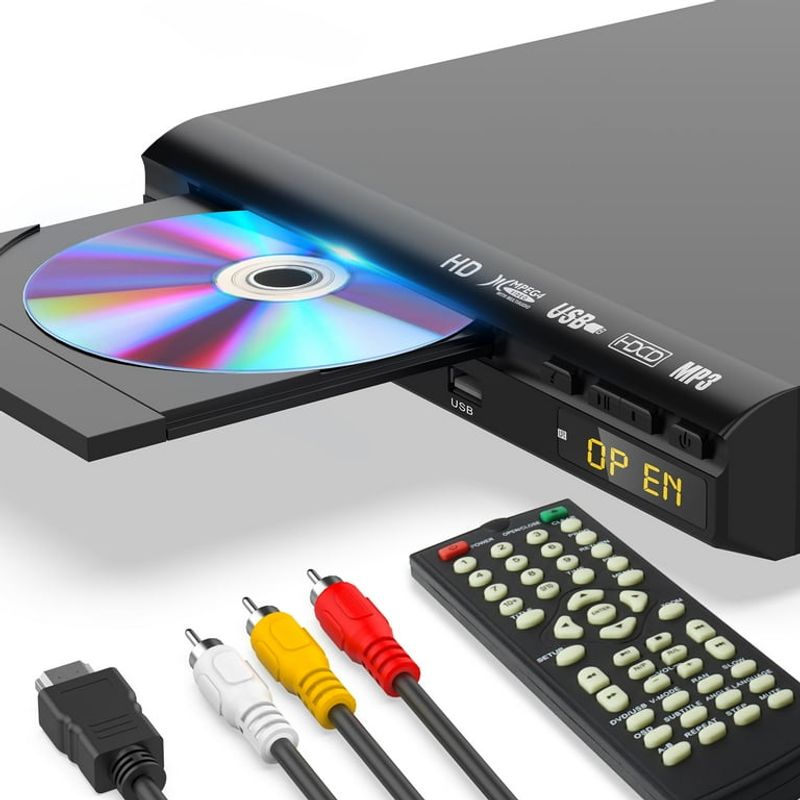
The phrase “right place, wrong time” perfectly sums up HD DVD Audio. Entering the scene with a confident strut, this format aimed to revolutionize how we experienced sound, offering superior audio quality that whispered sweet nothings to audiophiles everywhere.
Yet, its timing was less than impeccable. Engulfed in a bitter format war with Blu-ray, HD DVD Audio found itself outmaneuvered, a casualty of a battle that was lost before it began. Despite its potential, the format faded quicker than a one-hit wonder.
Today, it’s a footnote in the annals of music history, a reminder of the fierce and sometimes fleeting nature of technological evolution. Those who remember its brief tenure can only wonder what might have been if the stars had aligned differently.
7. Vinyl Records
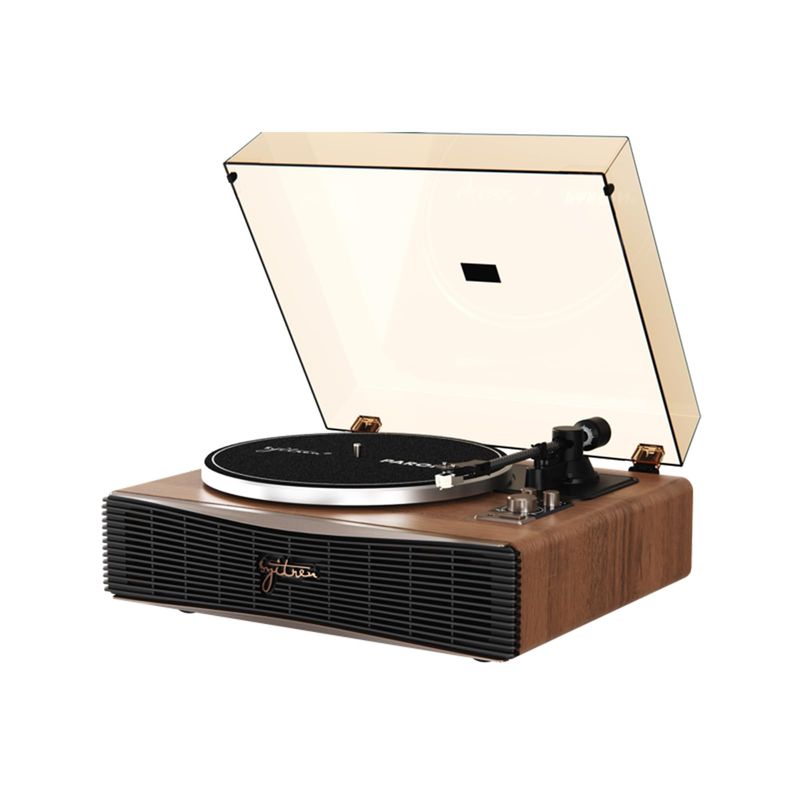
Vinyl Records, the comeback kid of the audio world, have a charisma all their own. That crackle and pop before the music starts? It’s not noise; it’s the sound of nostalgia pressing play. Vinyl didn’t just survive the digital onslaught; it thrived, transforming from a relic to a lifestyle.
In an age where music is invisible and intangible, vinyl offers a tactile connection—a format you can see, touch, and even smell. Its large album covers are works of art, inviting listeners to explore the music’s visual counterpart.
Whether you’re a diehard collector or a curious newcomer, vinyl serves up more than just music; it provides a full sensory experience. As it spins, it reminds us that sometimes, old-school is the coolest school.
8. Cassette Tapes

Cassette Tapes, oh the drama! The sound of a cassette slipping into its deck—click, whirr, rewind—it’s as theatrical as the music it holds. With every flip of the tape, there’s that heartbeat moment where you hope the player doesn’t chew it up like last week’s gum.
But that’s all part of the charm. Mix tapes were the original playlists, a labor of love for anyone looking to impress a crush or express themselves. Today’s resurgence is not just about nostalgia; it’s a rebellion against the digital age’s seamlessness.
Cassette Tapes remind us of a time when music was a bit more personal, a medium that required you to pay attention, rewind, and sometimes, even make repairs. It’s an analog adventure that refuses to be forgotten.
9. Boom Boxes
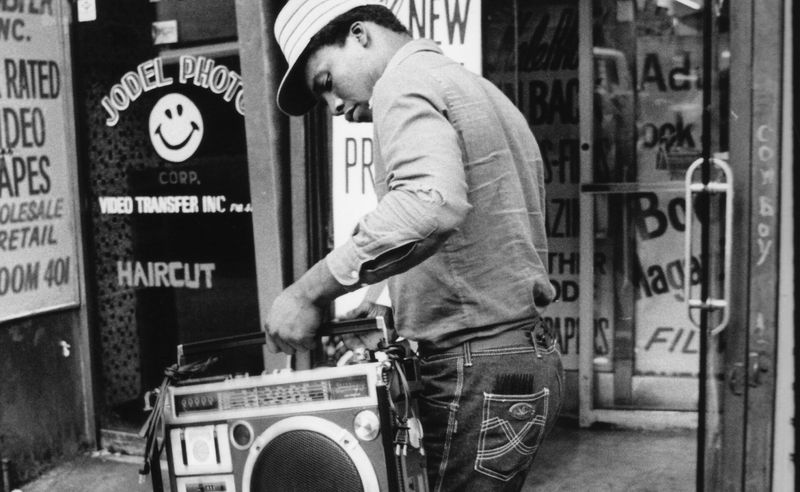
Boom Boxes were more than a music player; they were a statement. The original portable party, these bass-blasters were the heart and soul of street culture, a boom of rebellion that you could sling over your shoulder.
With their hefty size and bolder sound, they commanded attention wherever they went. Whether it was a breakdance battle or a block party, a boom box was the unofficial DJ, bringing music to the masses in a way that no little white earbud could.
Today, they live on in memory and nostalgia, influencing everything from fashion to the way we think about music. In a world of whisper-quiet wireless speakers, the boom box’s legacy is a reminder that sometimes, you just gotta turn it up.
10. Walkman Headphone Bleed

The Walkman Headphone Bleed was the soundtrack of the sidewalk. It was as if your headphones had a social life of their own, sharing your mix tape with everyone in earshot—a tinny echo that was as much a part of the music as the songs themselves.
This unintentional sharing was the analog version of a shared playlist, a way to announce your musical tastes without uttering a word. It was a time when music was communal, a shared experience that brought people together in unexpected ways.
Though today’s headphones keep our tunes private, there’s something to be said for the days when music was a public affair. The Walkman Headphone Bleed was more than a quirk; it was a cultural moment.
11. Radio Static While Tuning
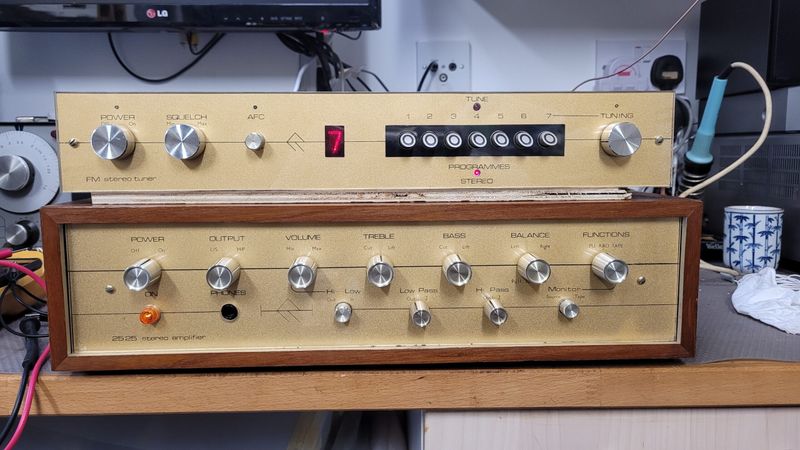
Radio Static While Tuning—ah, that magical in-between where anything was possible. Amongst the swirl of static and the crackling anticipation, you knew that a new jam was just a click away.
It was the audio equivalent of unwrapping a present, a surprise waiting to delight (or confound) you with every twist of the dial. In that static, you could hear the world connecting, from distant broadcasts to local treasures just waiting to be discovered.
Today’s digital age may have streamlined our listening, but it lacks the suspense of the old-fashioned radio dial. That static was a symphony of anticipation, a sound that promised discovery at any turn.
12. The Satisfying Click of a Play Button
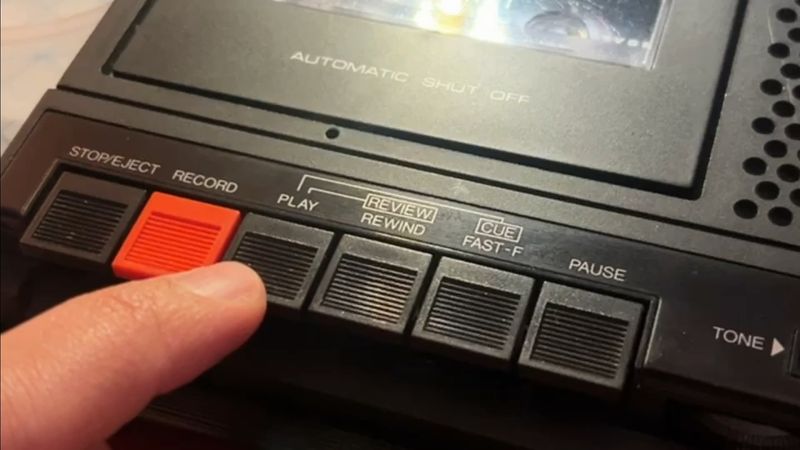
The Satisfying Click of a Play Button—there’s something so definitive about it. It’s a moment of commitment, a promise that you’re ready to embark on a musical journey, no matter where it may lead.
In today’s tap-to-play world, it’s easy to forget the satisfying mechanics of a physical button. That click was more than just a sound; it was a tactile connection, a reminder that music once required a bit of effort to enjoy.
Whether it was a tape deck, a CD player, or an early MP3 device, pressing play was a ritual, a nod to the analog days where music felt like an event. That simple click still echoes in the hearts of those who remember it.
